On several occasions in the past month Jamie Dimon took the opportunity to preview what would be a strong quarter for JPMorgan, and sure enough, he was on the money when moments ago JPM reported Q1 profit of $6.45 billion, or EPS of $1.65, up from an adjusted $1.35 reported a year ago and beating estimates of $1.52; JPM also reported Q1 adjusted revenue of $25.6 billion, also beating the $25.1 billion expected, and rising $1.5 billion higher Y/Y.
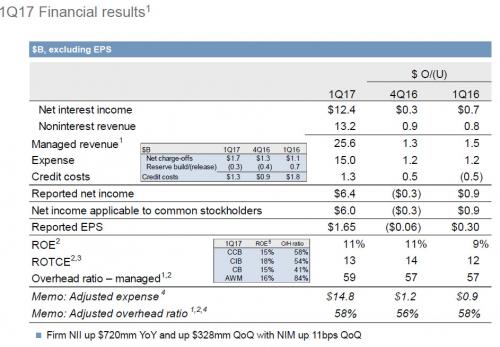
It also appears that JPM’s cost-cutting push is over, with Q1 compensation expenses $8.20b, above the expected $7.98Bn.
The main driver behind the beat was the bank’s market trading and investment banking group, where overall Investment Banking revenue in Q1 rose $1.65 billion, above the $1.61 billion expected.
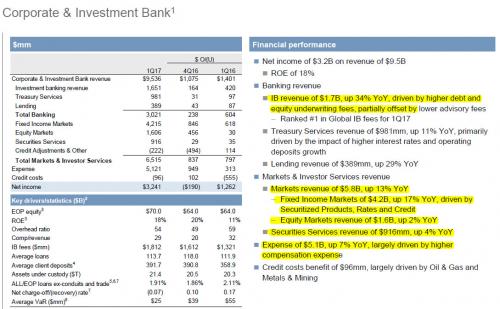
More importantly, however, the most lucrative group, FICC, reported sales and trading revenue of $4.22 billion, up 17% Y/Y, driven by securitized products, rates and credit, and beating estimates of $4.02 billion.Equity sales and trading also beat in the quarter, with revenue of $1.61Bn, higher than the $1.45BN expected.
Of note: JPM’s disclosed VaR has tumbled from 55 in Q1 2016 to only 25 in the current quarter, arguably the lowest in the bank’s recent history, ever since it was caught fabricating its VaR several years ago.
* * *
While the bank’s S&T and I-banking group did better than expected, some concerns emerged in the bank’s consumer and community banking group, where credit costs surged $1.4 billion, up nearly $400 million driven by a write-down in the bank’s student loan portfolio and higher card net chargeoffs.
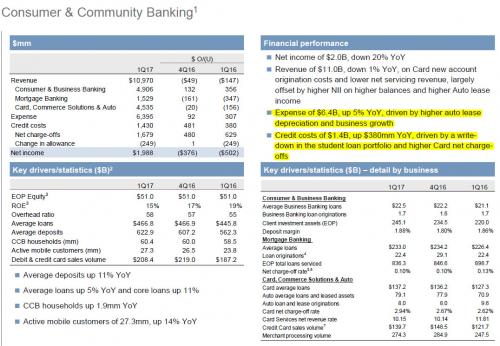
How much higher? As the chart below shows, total net charge-ooffs in Q1 rose to just shy of $1 billion, the highest in four years.
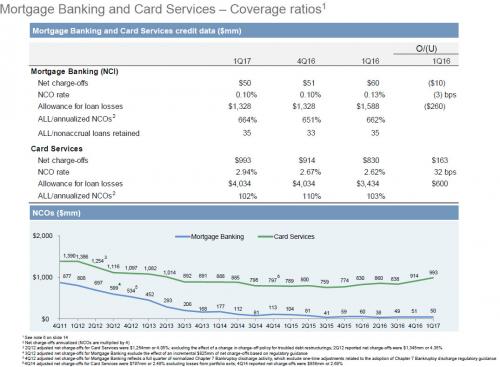
Overall, JPM’s Q1 allowance for loan losses was $1.32b, above the est. $1.30b, and in line with the previous quarter.Also of note for those looking for clues on JPM’s NIM: the bank reported that the 1Q net yield on interest-earning assets rose to 2.33%, above the 2.29% estimate.



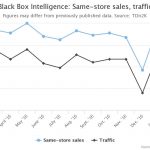










Leave A Comment